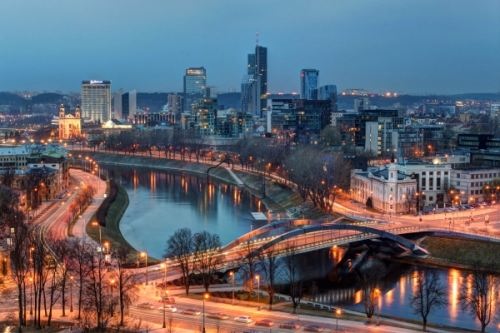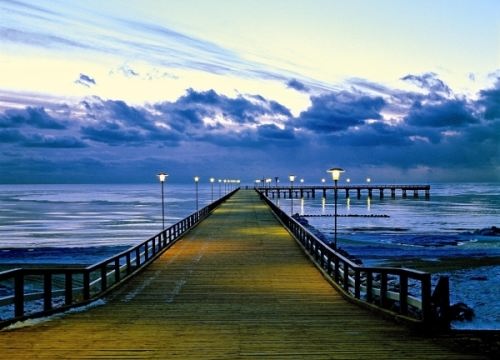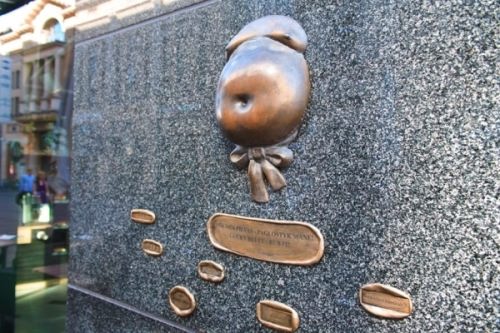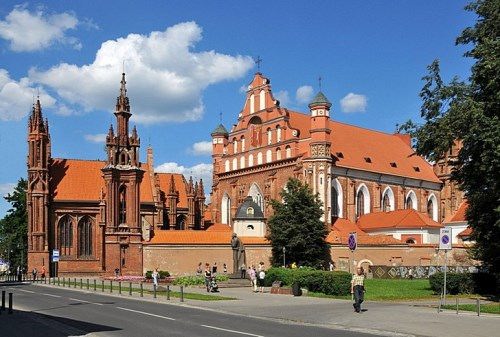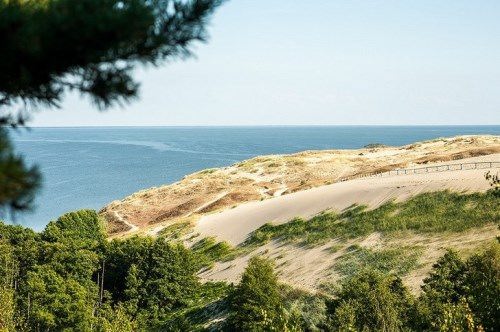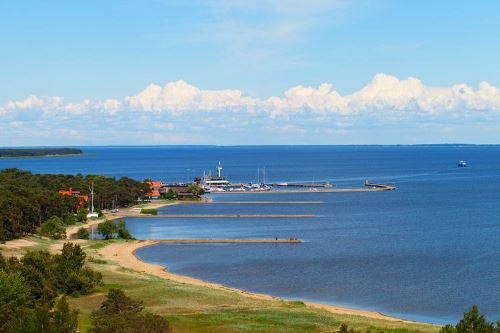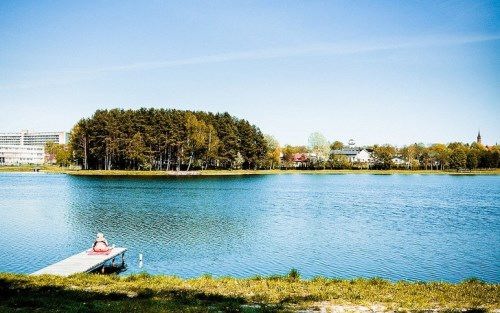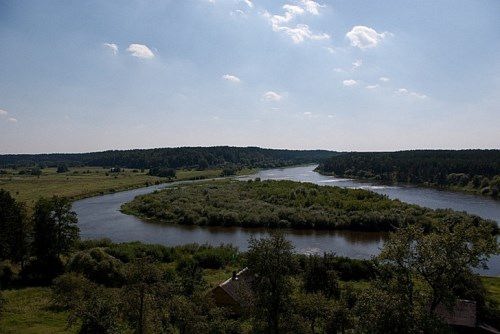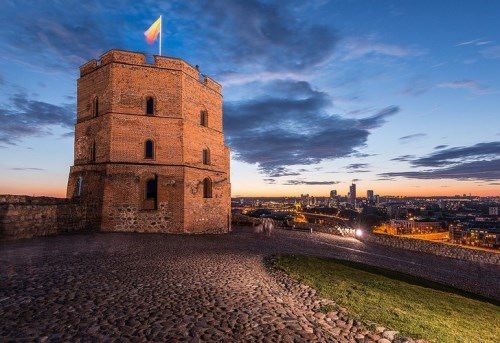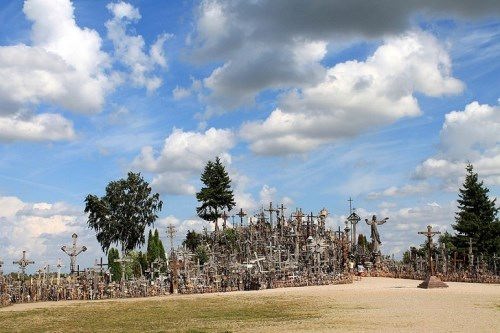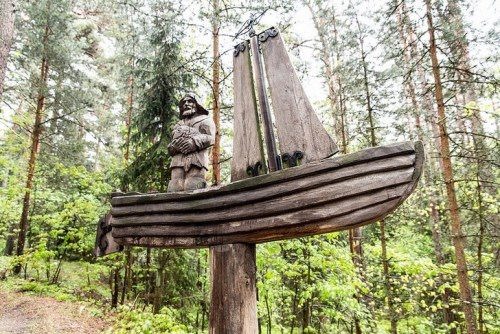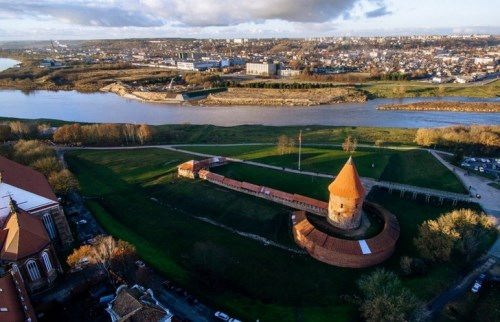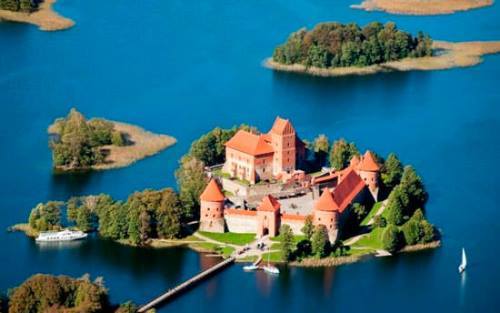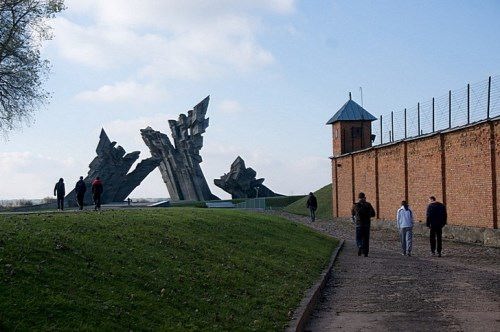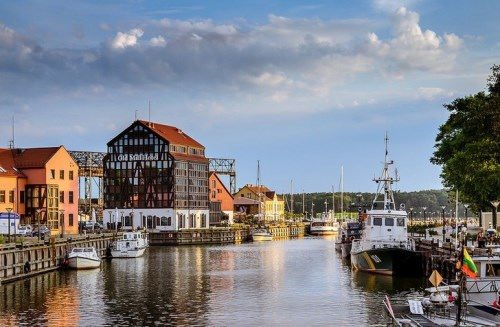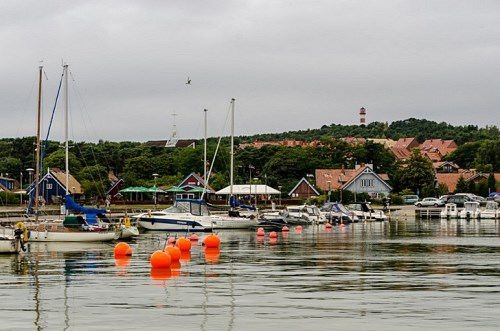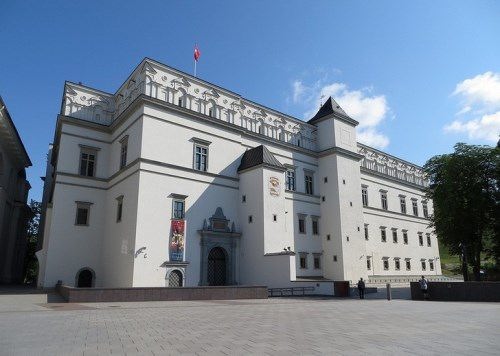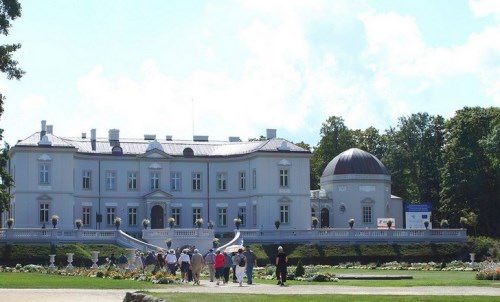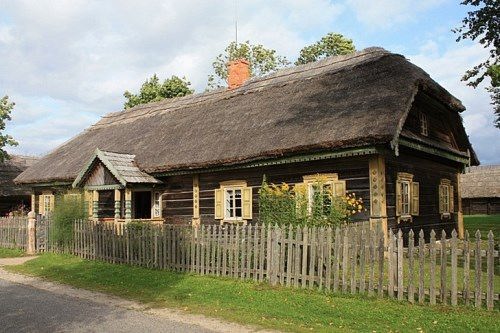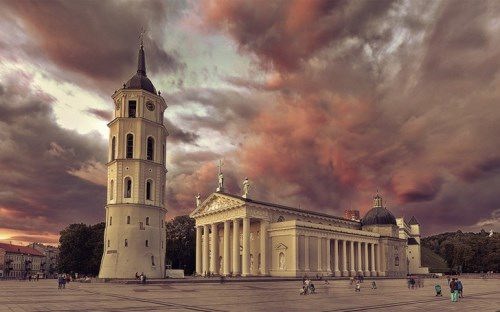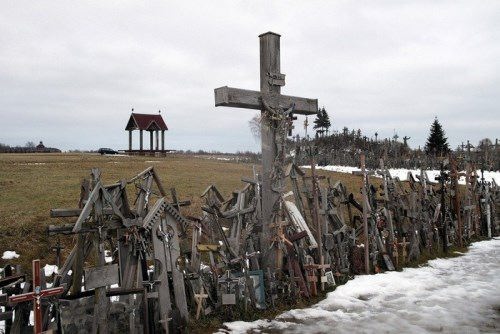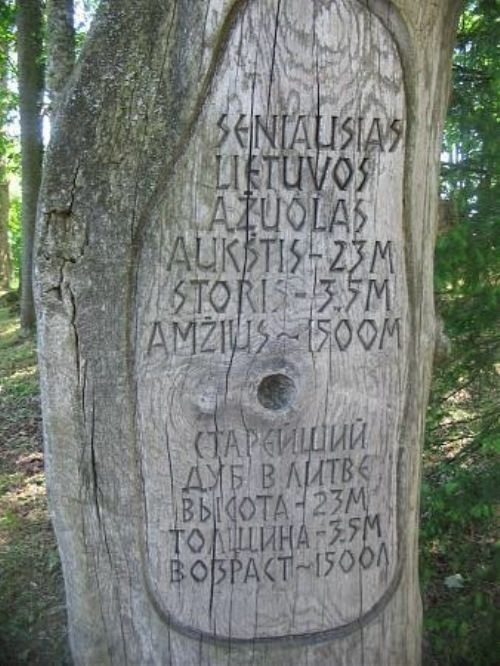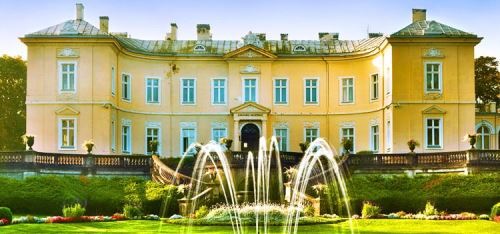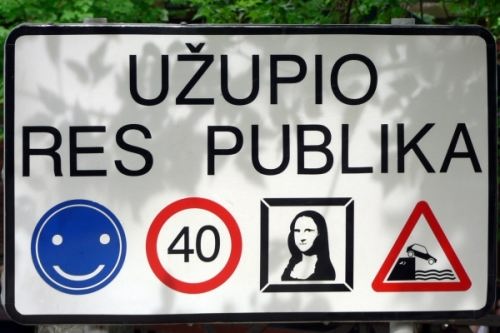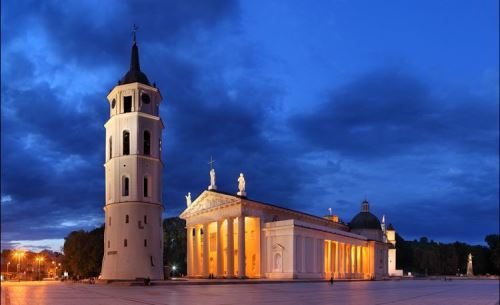Lithuania – Baltic state
Lithuania is situated on the eastern Baltic coast. It borders Latvia, the Kaliningrad region of the Russian Federation, Poland and Belarus. Its official name is Republic of Lithuania and its area is 65,200 square kilometers. Lithuania is administratively divided into forty-four regions and eleven municipalities.
Vilnius is the capital of the country.
The landscape varies between lowland plains and hilly uplands.
Lithuania has historically been the least developed of the Baltic republics, with a smaller industrial base and greater dependence on agriculture. Sugar beet, cereals, potatoes and vegetables are the main crops.
Lithuania has 2,833 lakes that each are larger than one hectare. In addition, there are 1,600 ponds smaller than one hectare. Lake Druksiai, the largest lake, covers about 44.5 square kilometers. The deepest lake is Lake Tauragnas, with a depth of about 61 meters. The longest lake, Asveja Lake, stretches for 22 kilometers. The country has 758 rivers. The Neman is the longest river (936 kilometers).
Lithuanian is the mother tongue for 80% of the population.
Some believe that the ancient Lithuanian people first occupied the country today known as Lithuania around 2500 B.C.; others, that they migrated to the area sometime around the beginning of the first century A.D. In 1251 the Kingdom of Lithuania was formed.
During World War I the German army occupied Lithuania, but at the end of the war nationalists established the country’s independence. Lithuania’s independence was recognized by the Treaty of Versailles in 1919.
In summer 1944 the country became a part of the Soviet Union. But after the Soviet state collapsed in August 1991, the central government granted independence to Lithuania, Estonia, and Latvia on September 6.
In 2004 the country joined the European Union.
The national sport of Lithuania is basketball. It gained popularity since the 30s of the last century.
At the beginning of the 17th century, the area of Lithuania reached 990 thousand square kilometers.
The national symbol of Lithuania is a white stork.
Lithuania is the last country in Europe, adopted Christianity in 1386.
According to a study conducted by a French scientist in 1989, Lithuania is located in the center of Europe.
